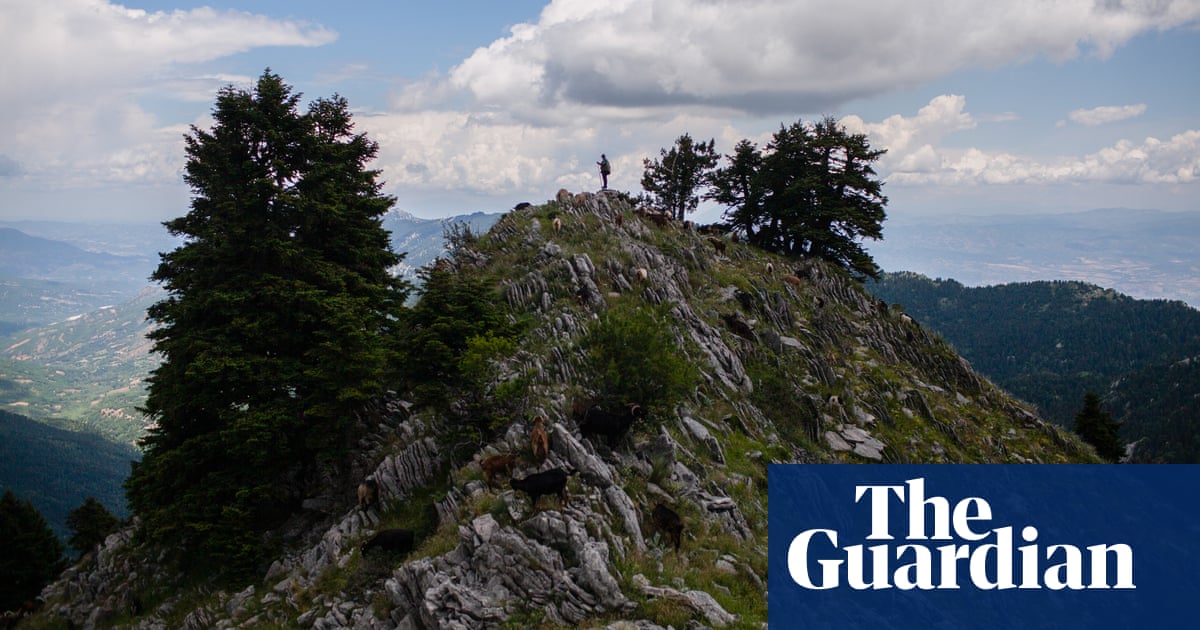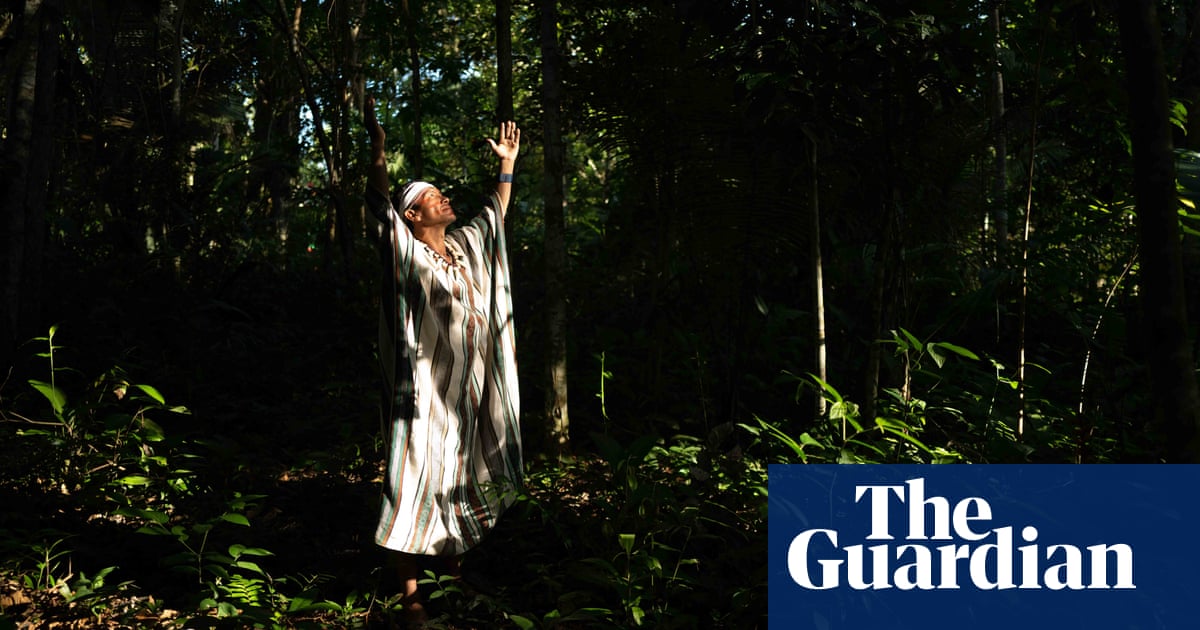
In between the pandemic lockdowns of 2020, Max Miechowski began travelling to the east of England to photograph the parts of the coast that due to natural erosion are, year by year, day by day, falling into the sea.
More often than not he’d sleep in his car, parking as near to the cliffs as safely possible, getting up at sunrise.
“I’d be on the beach photographing the cliffs and quite often I’d see people come out from their houses, in their dressing gown with a cup of tea, and straight away go to the end of their land to see what damage had happened in the night,” he says.
Miechowski, 32, who grew up in Lincoln and is now based in London, travelled from the Isle of Sheppey in Kent, where a landslide had recently caused a house to fall into the sea, through Hemsby in Norfolk to Yorkshire’s Spurn Point, a narrow peninsula that keeps disappearing; he then went further up the coast to Withernsea and Skipsea.
“Green Lane [in Skipsea] is particularly bad. A whole row of houses there is going to be gone in five to 10 years.”
While cliff edges sometimes crumbled as he worked and the effects of heavy rainfall, shifting cliffs and sea erosion were all too visible, what he was eager to capture in the two-year body of work that has become Land Loss was not a dramatic documentary of damage, but the atmosphere of the place and the people who live here, out on the edge of England. Images include a portrait of two young sisters, whose grandparents had owned a cafe that fell into the sea, jumping together in a garden. Half Way House captures the surviving front of a former family home in Hemsby – “The owner cut it in half because otherwise the cliff would have taken the whole thing. He just wanted to keep the front door and have some reminder of it all.” In another picture a butterfly rests on the hand of Dave, a man who was given alternative accommodation when his house disappeared but can’t bear to live inland.
“He’s so used to the sea and that landscape,” says Miechowski. “He has put a caravan on the slither of land that’s left. When he dies he wants his ashes to be thrown from the cliffs into the sea.”
In this way Land Loss becomes a moving and evocative contemplation of the passing of time.
“The entry point is the reality of the situation. It exists in a documentary way, in the sense that the erosion of the coast is a real story and it’s something happening, but the images and the interpretation of that situation are much looser, more philosophical.”
Miechowski, who was a musician before becoming a full-time photographer seven years ago, became interested in the idea during the making of A Big Fat Sky, his colourful and critically acclaimed project from 2019 about fading seaside resorts in the east of England. Land Loss is perhaps even more melancholic.
“There’s beauty in [the landscape] but also sadness. You’re watching time fall away,” he says. “That was what was so interesting to me about the people who lived there, this immediate connection to that fact. Living in the city your reference to time tends to be all about exponential growth, whereas on the coast everything is disappearing – the reference point is the opposite. So the work became about this idea of being like a moth to a flame, being drawn into this landscape and almost falling off the edge yourself.”
The people he photographed and met during the project cope with the reality of the disappearing land in varying ways. “It’s obviously stressful, but a couple of them would joke, having seen the neighbours house fall: ‘Well, we’ve got the sea-view now.’ And it’s funny because it’s like: ‘Well, you do for a bit …’
“Others are very frustrated. They want sea-defences to be put in, for the coastline to be protected, for it to be stopped. Which I totally understand, but it’s interesting: on paper it says you own this piece of a cliff, but if the sea comes and takes it away that signature or mortgage means nothing. You don’t own that land; it’s a construct. In that space, it’s futile.”
Miechowski’s work, which he shoots on a Japanese medium-format analogue camera from the 1980s, has become synonymous with his magical handling of natural light, as well as the empathy with which he portrays his subjects.
“I have quite a romantic perspective on things, and that dreamy backlight – working early in the day or late in the morning – speaks to that,” he says. “It creates softer tones, softer shadows, richer colour; it can be kinder for portraits. It brings a warmth that is totally in line with my vision and the subject matter that gets me there in the first place.”
Although Land Loss is now complete, he takes from it the meditative mood he discovered during the process. “I’ve become very interested in philosophy over these last two years and I’m excited to keep exploring how it works with photography,” he says. “Because I wouldn’t be having these ideas if I didn’t go and stand on a cliff with a camera.”
Land Loss will be exhibited through Open Doors gallery at Photo London, Somerset House, 12-15 May.












